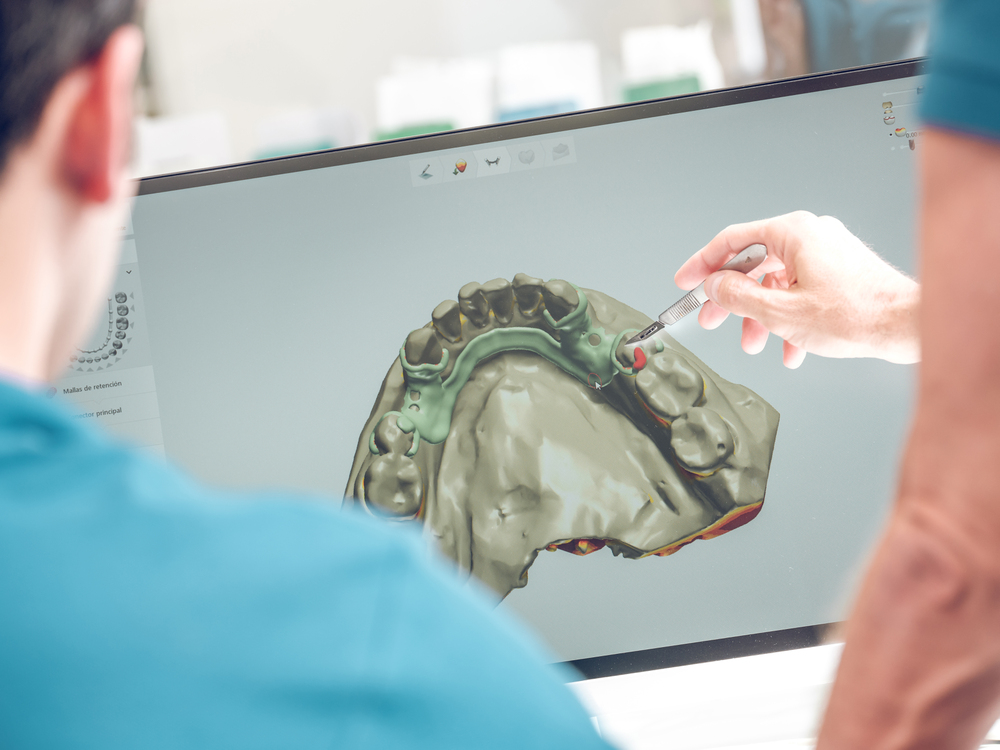Dental experts can now deliver health care more effectively using new technology. Several software applications in health facilities raise efficacy in patient care and increase the diagnosis rate.
Oral Health-Related Quality of Life
The health of the teeth and gums plays a huge part in the general health of any individual. It is essential to brush and floss so one does not get a toothache, gum disease, or serious issues such as social anxiety. Those in healthcare know that the quality of a patient’s mouth significantly increases the quality of his or her lifestyle and enhances what they do. That is why high-quality tools make this process easier and much more effective. Digital dentistry is in the process of diagnosing and managing diseases that affect the gums digitally.
Digital Imaging Tools
Digital imaging tools enable dentists to take clinical quality and explicit photos of teeth and gums. These tools substitute standard radiographs with scans of the body part in question. They provide more specific data, which can be used in diagnostics and further therapeutic planning. Digital scans are also quicker and require less radiation to patients than traditional scans.
3D Printing Software
Dentistry has no better tool than the 3D printing technology. Dental prosthetics, aligners and models can created and printed with the help of assistive technologies and proper software. Due to this technology, it has become easier to design solutions for most patients. They cut down the time taken in the dental lab so that one can get accurate quality work.
CAD/CAM Software
CAD/CAM systems assist in generating dental restorations and computer-aided design and manufacturing. These tools help plan and craft crowns, bridges and veneers. CAD/CAM technology offers an excellent level of precision. Thus, the dental restorations fit perfectly. It enhances patient satisfaction by decreasing the number of times one has to change positions during treatment.
Patient Management Systems
The issue of maintaining patient records is of significant concern to dental practices. Technology in patient care ensures that information and patient records are well stored, retrieved, and even modified. Dentists can keep abreast with appointments, medical histories, and treatment plans through such systems. This makes work more accessible and efficient in the dental offices.
Digital Dentistry
Digital dentistry uses particular software.Digital dentistry performs oral health care with the help of these software’s. Some of the tools that may be effective include photography or imaging, three-dimensional printing and even patient record systems. They assist oral care professionals in improving their work output while saving time and money. Here, we will look at some of the better software tools.
The Best Software
| Manufacturer | Software |
| 3 Shape | Implant Studio |
| Nobel Biocare | NobelClinician |
| Straumann | CoDiagnostix™ |
| Sirona | SICAT |
| Materialise | SimPlant® |
| Bredent | SKYplanX |
| 360Imaging | 360dps |
| BlueSky bio | BlueskyPlan |
| Anatomage | Anatomage guide |
| AstraTech dental | Facilitate |
| BioHorizons | VIP 3 |
| CyberMed | OnDemand3D™ |
| Swissmeda AG | Swissmeda Planning Solution |
| SICAT GmbH & Co. KG | SICAT Implant 2.0 |
| MIS | MGUIDE |
| Megagen Implant | R2 Gate |
| OSSTEM | OneGuide |
| Exocad | Implant Module |
| AmannGirrbach | Ceramill M-Plant (abutment module only) |
| Planmeca | PlanmecaRomexis® 3D |
Professionals can use the most effective software to provide faster, more accurate and higher quality services. Dental applications include digital imaging, 3D printing technology and even patient management. These are advantageous to both the dental teams and patients. Hence, adopting digital dentistry tools enhances the efficiency of operations, resulting in improved mouth health.



